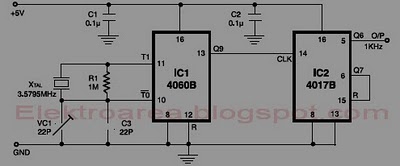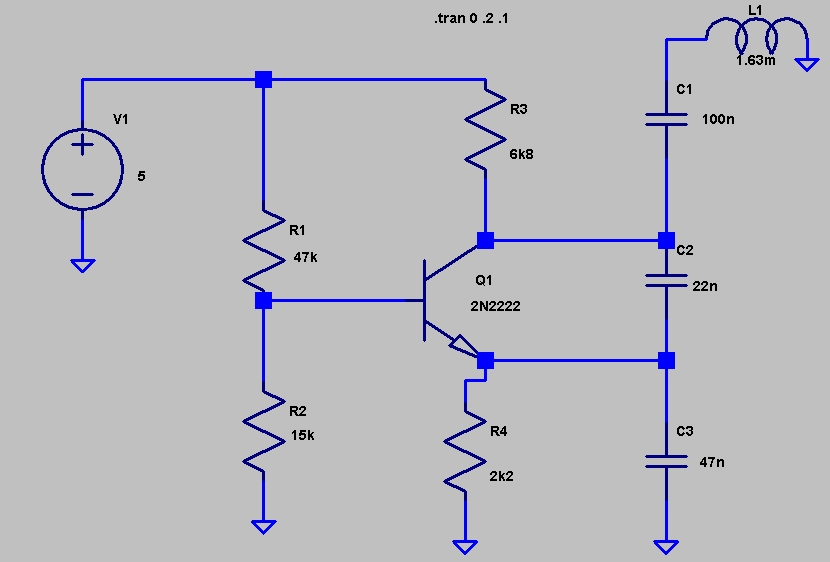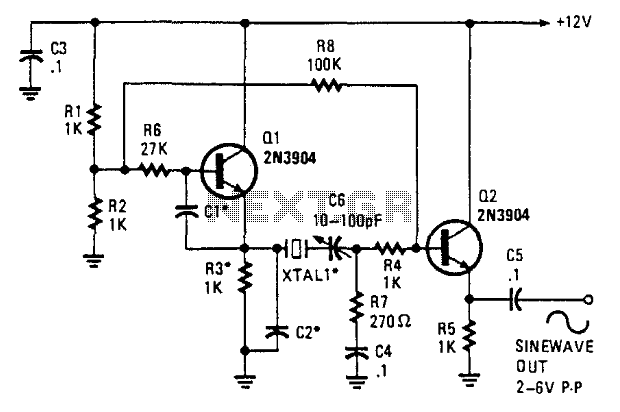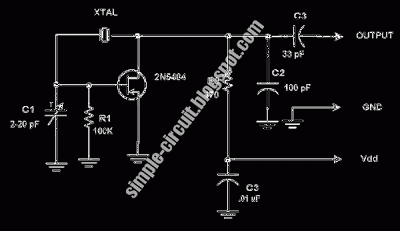
MAX2620 10mhz To 1050mhz Integrated Rf Oscillator With Buffered Outputs
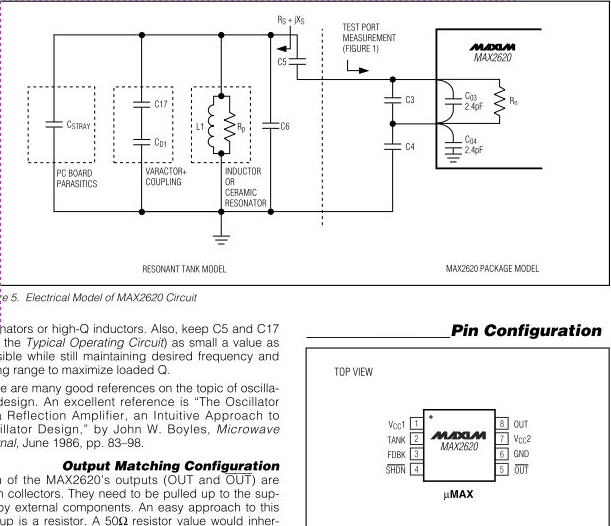
The MAX2620 integrates a low-noise oscillator with two output buffers in a cost-effective, plastic surface-mount, ultra-small uMAX package. This device combines functions that are typically achieved with discrete components.
The MAX2620 is designed for applications requiring precise frequency generation with minimal noise. It features a low-noise oscillator that provides stable and reliable frequency output, making it suitable for RF applications, signal processing, and other electronic circuits where signal integrity is paramount.
The oscillator's design minimizes phase noise and jitter, which are critical parameters in communication systems. The two output buffers are configured to drive capacitive loads while maintaining signal integrity, ensuring that the output signals remain clean and distortion-free.
The uMAX package offers significant advantages in terms of size and ease of integration into compact circuit designs. This small form factor allows for high-density layouts, which are essential in modern electronic devices where space is at a premium.
Additionally, the MAX2620 is characterized by its low power consumption, making it an ideal choice for battery-operated devices. The device operates over a wide voltage range, providing flexibility in various applications. Its robust performance and ease of use make the MAX2620 a valuable component in the design of advanced electronic systems.The MAX2620 combines a low-noise Oscillator with two output Buffers in a low-cost, plastic surface-mount, ultra-small uMAX package. This device integrates functions typically achieved with discrete co.. 🔗 External reference
The MAX2620 is designed for applications requiring precise frequency generation with minimal noise. It features a low-noise oscillator that provides stable and reliable frequency output, making it suitable for RF applications, signal processing, and other electronic circuits where signal integrity is paramount.
The oscillator's design minimizes phase noise and jitter, which are critical parameters in communication systems. The two output buffers are configured to drive capacitive loads while maintaining signal integrity, ensuring that the output signals remain clean and distortion-free.
The uMAX package offers significant advantages in terms of size and ease of integration into compact circuit designs. This small form factor allows for high-density layouts, which are essential in modern electronic devices where space is at a premium.
Additionally, the MAX2620 is characterized by its low power consumption, making it an ideal choice for battery-operated devices. The device operates over a wide voltage range, providing flexibility in various applications. Its robust performance and ease of use make the MAX2620 a valuable component in the design of advanced electronic systems.The MAX2620 combines a low-noise Oscillator with two output Buffers in a low-cost, plastic surface-mount, ultra-small uMAX package. This device integrates functions typically achieved with discrete co.. 🔗 External reference
